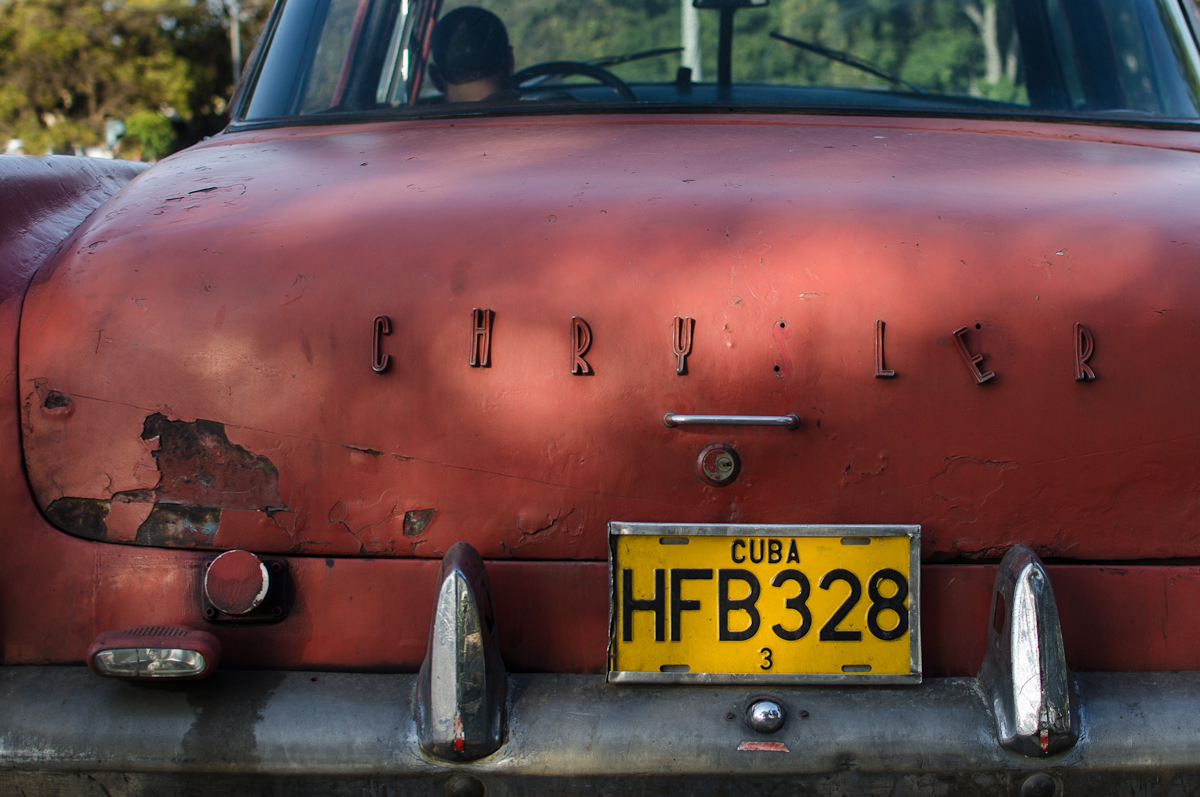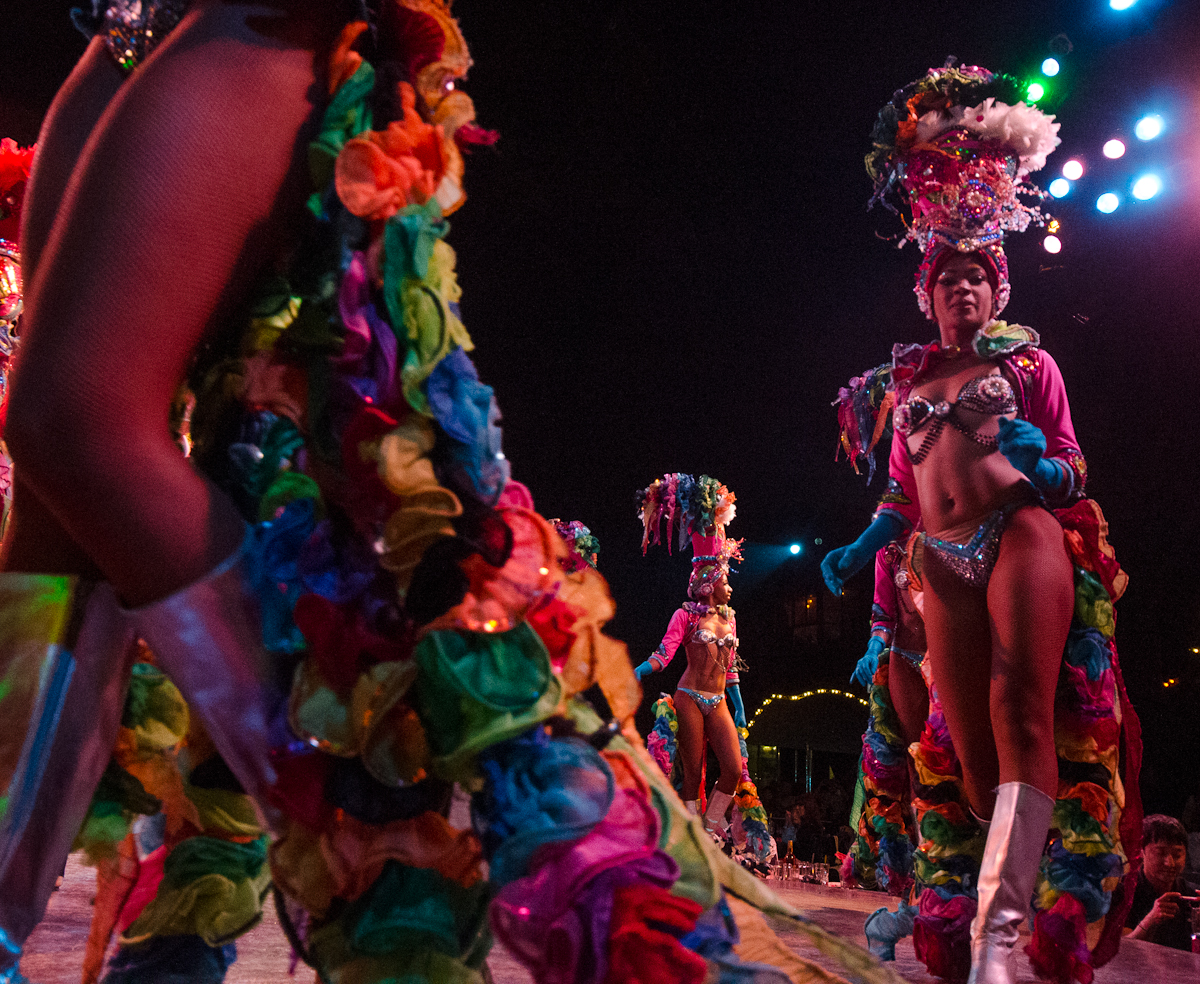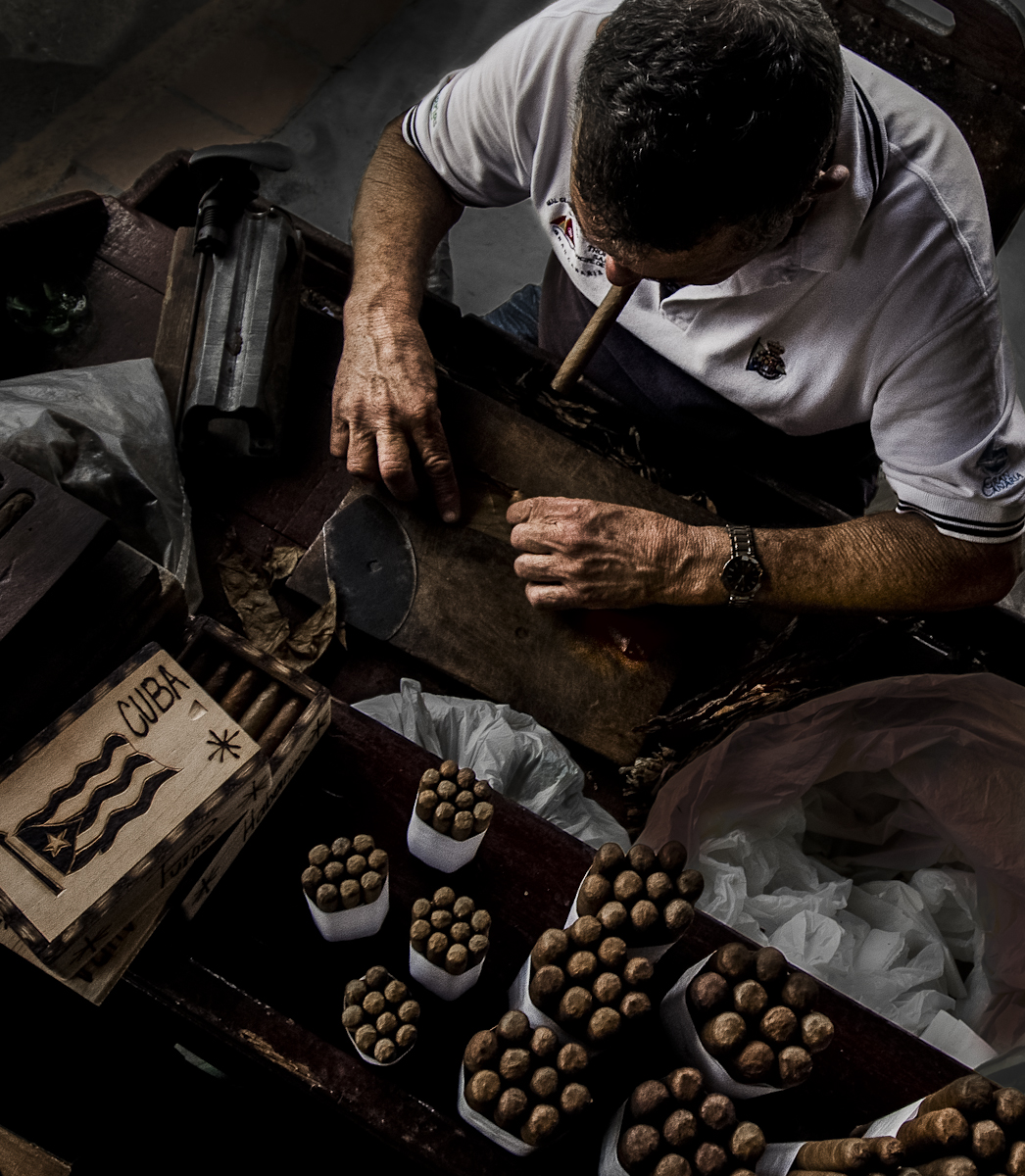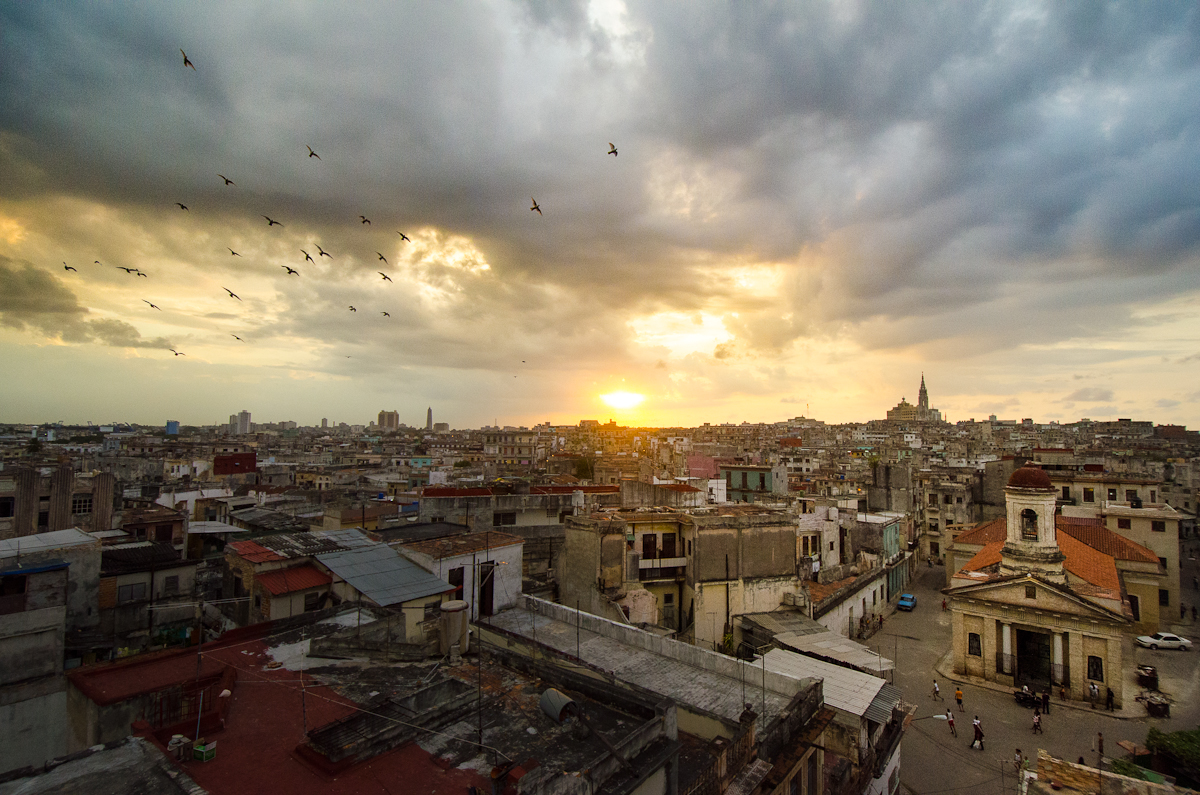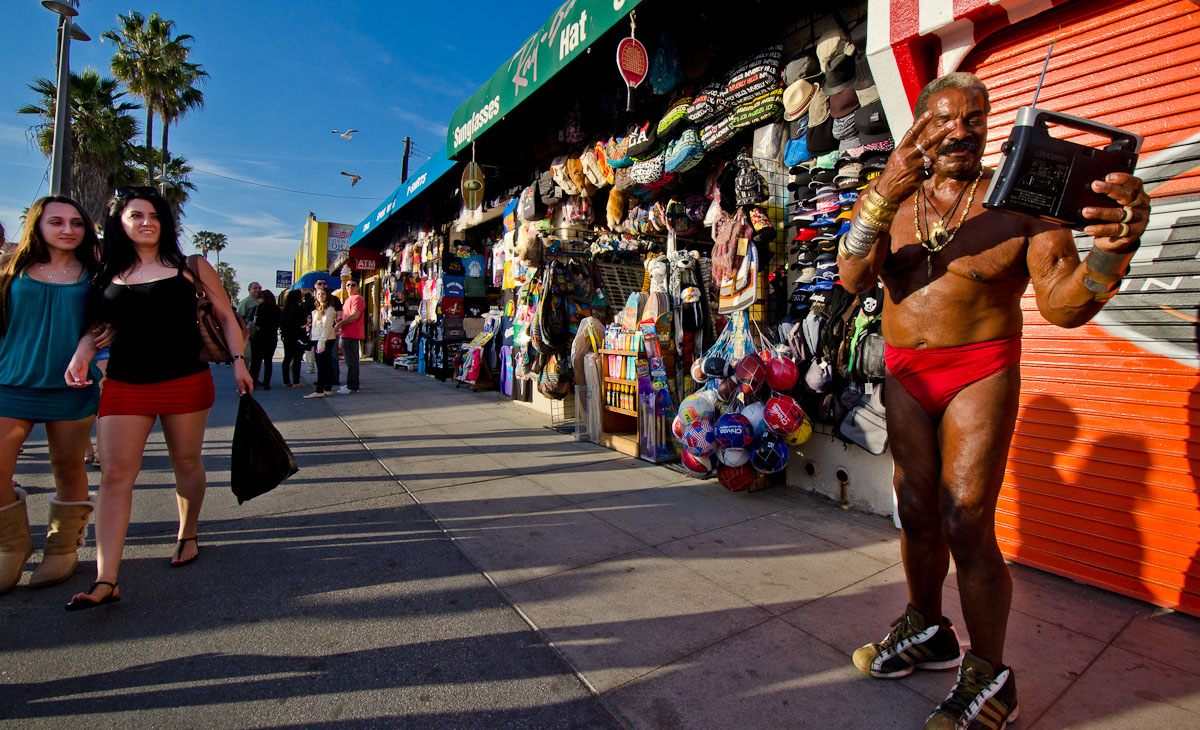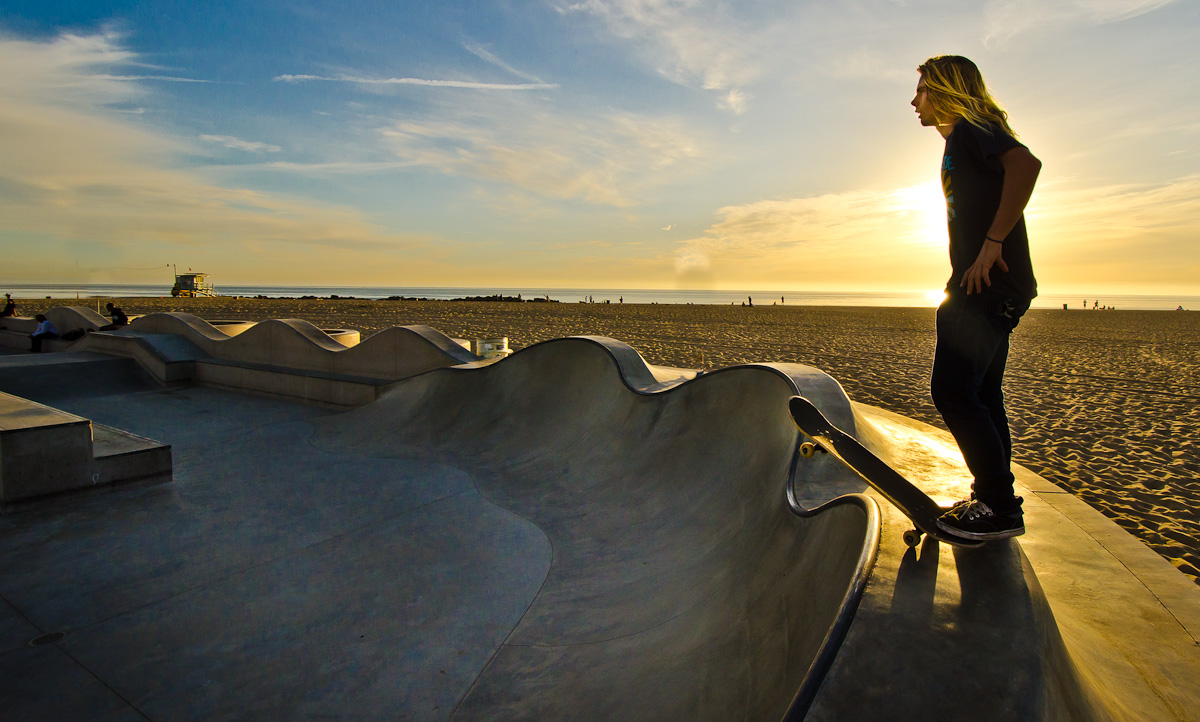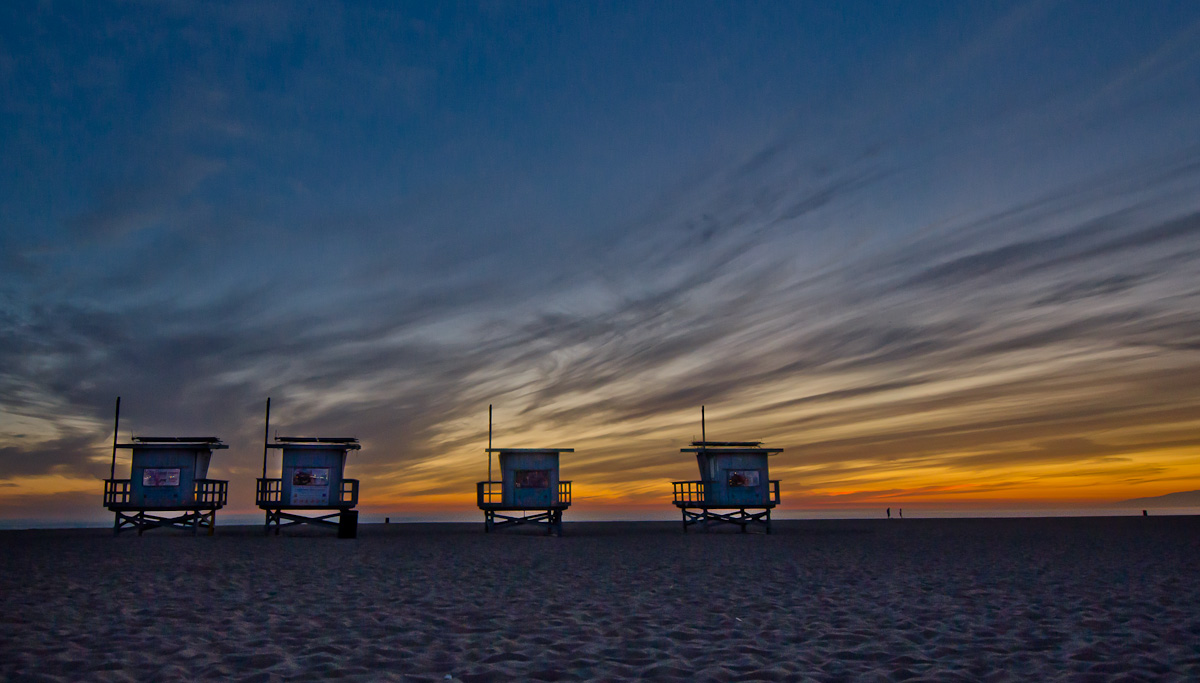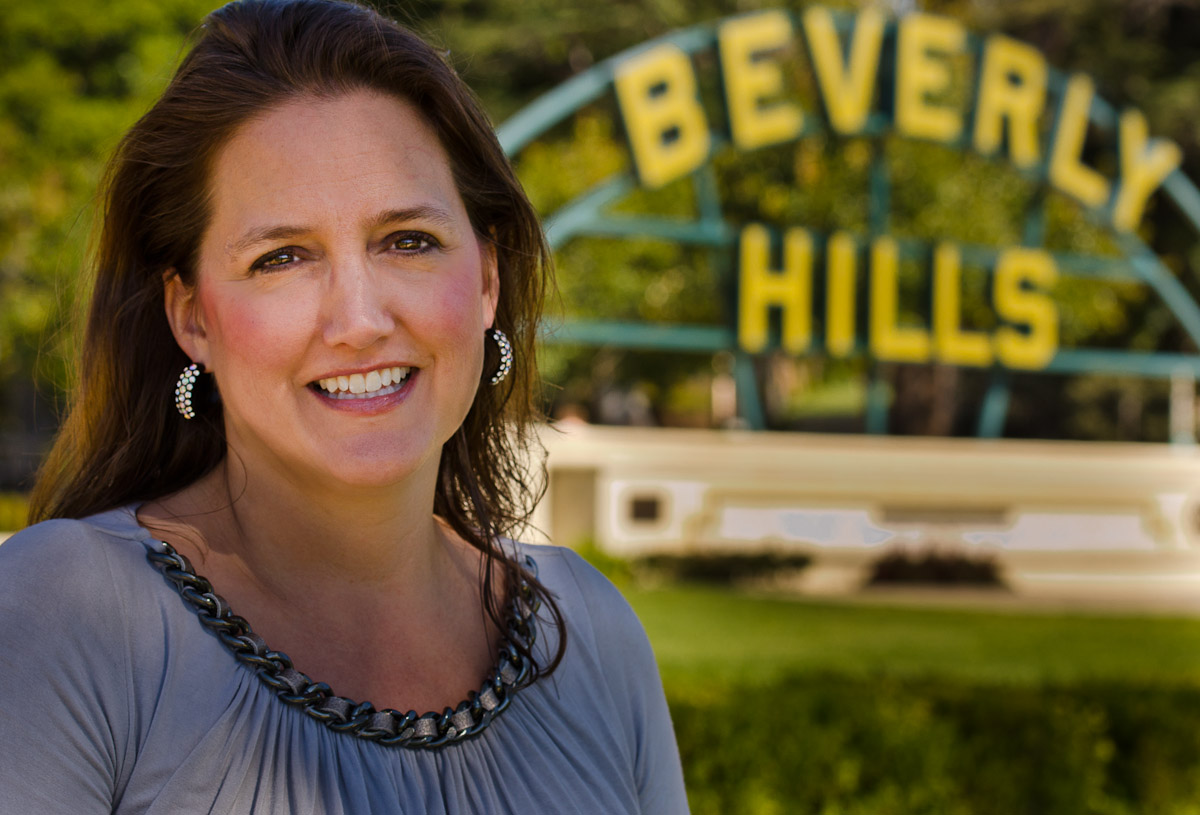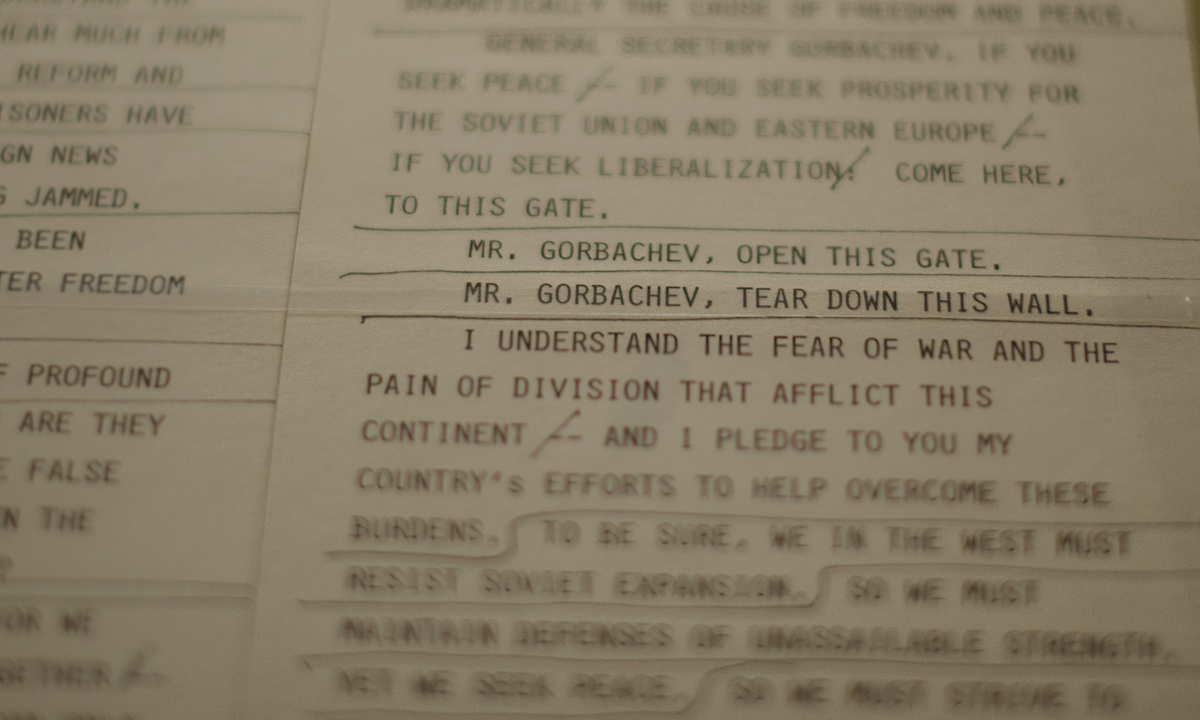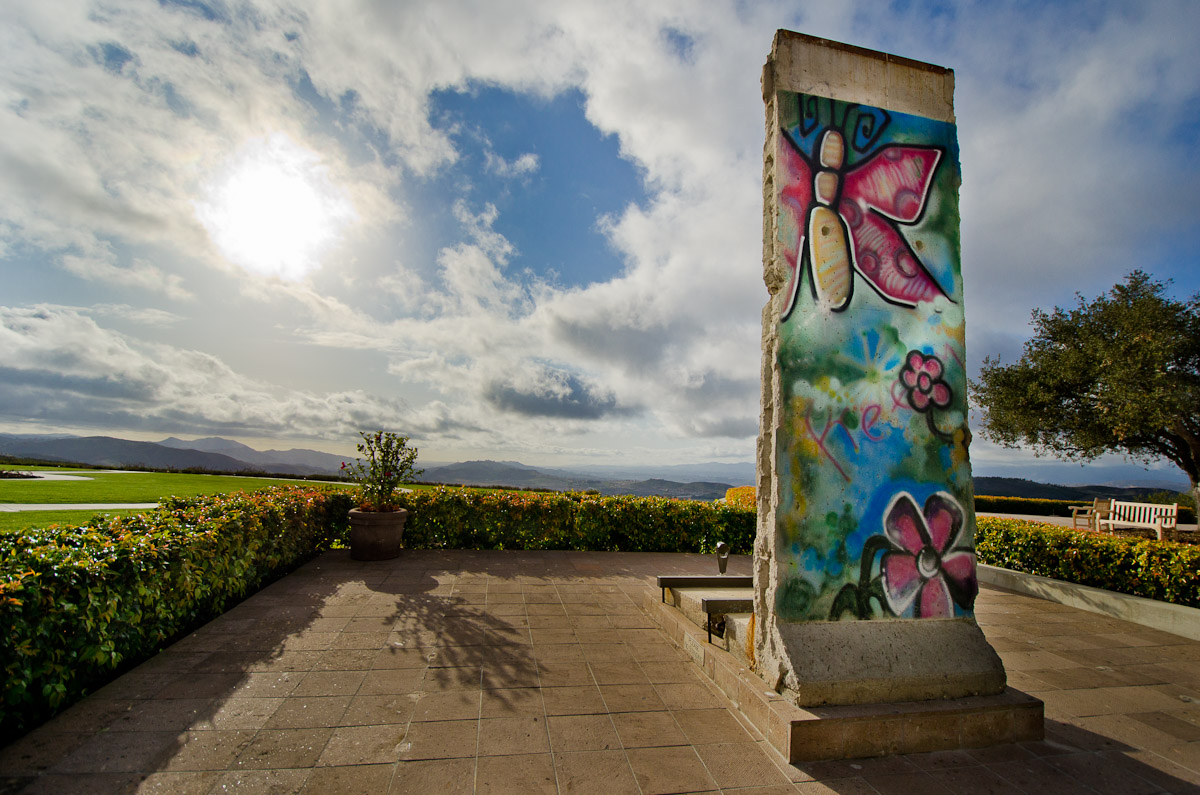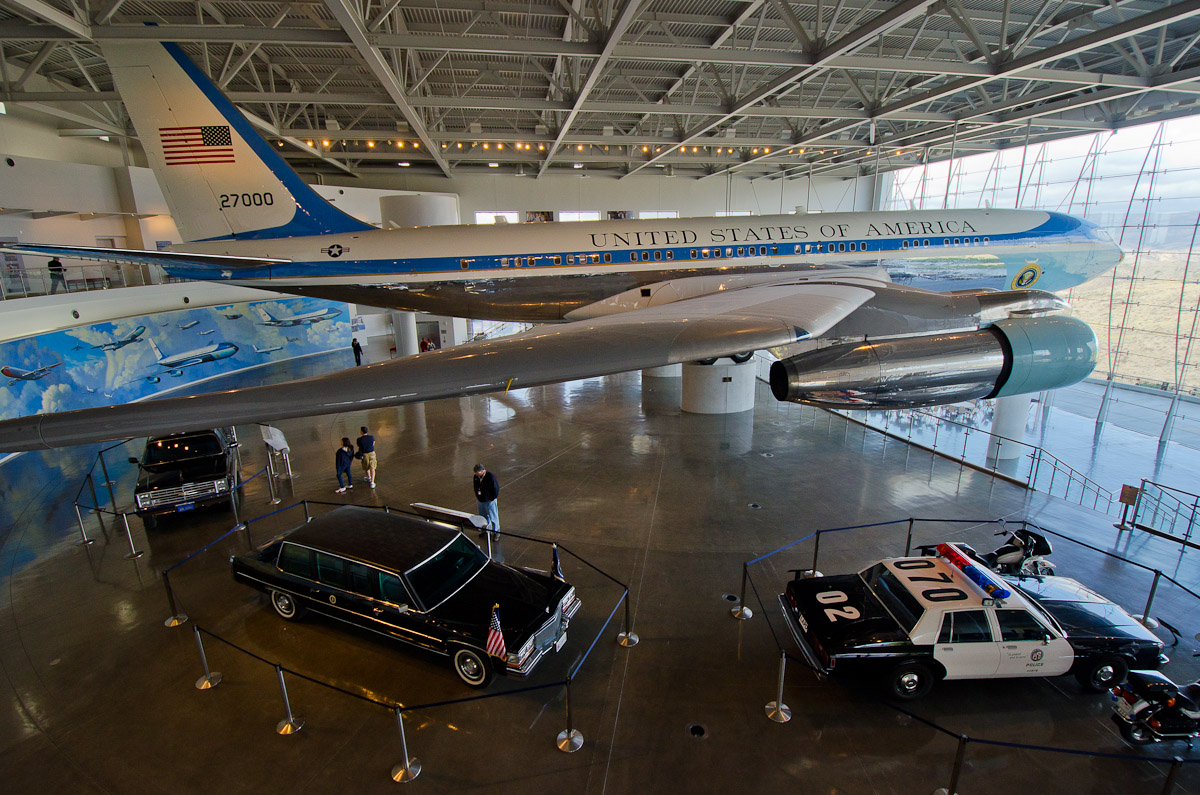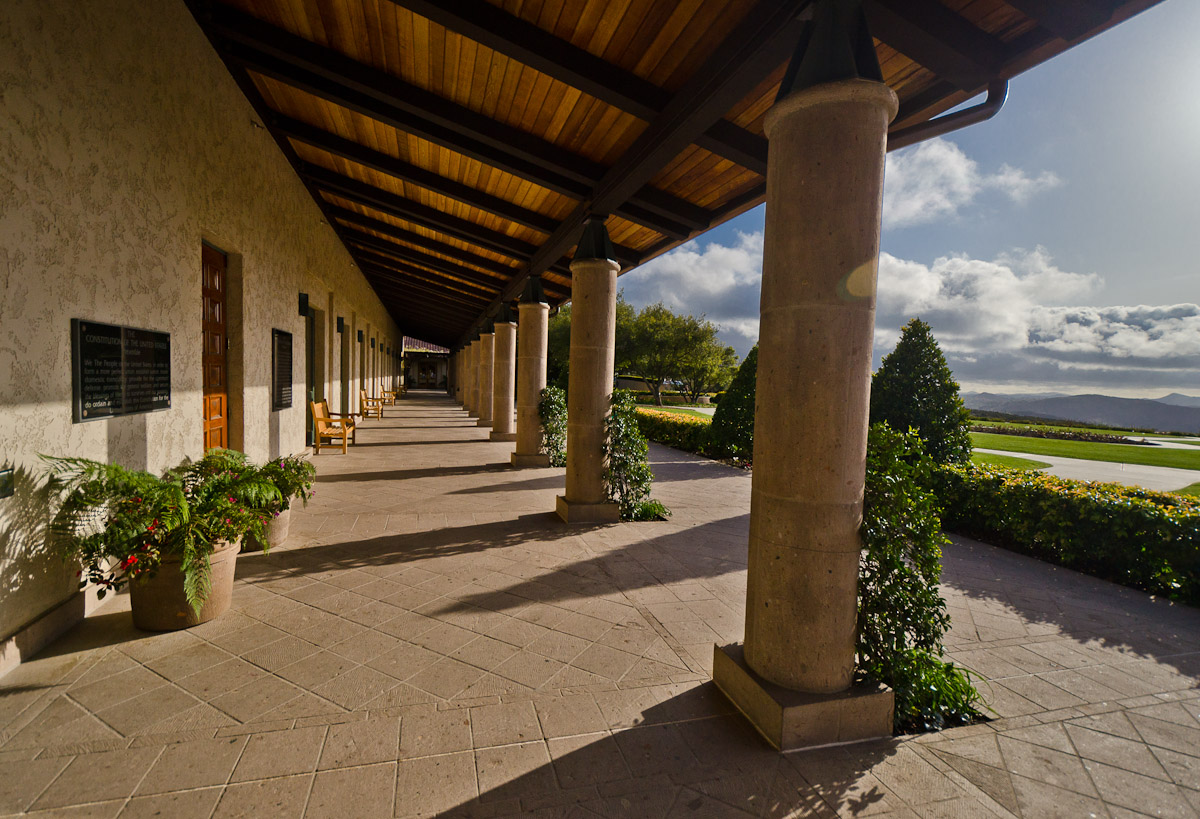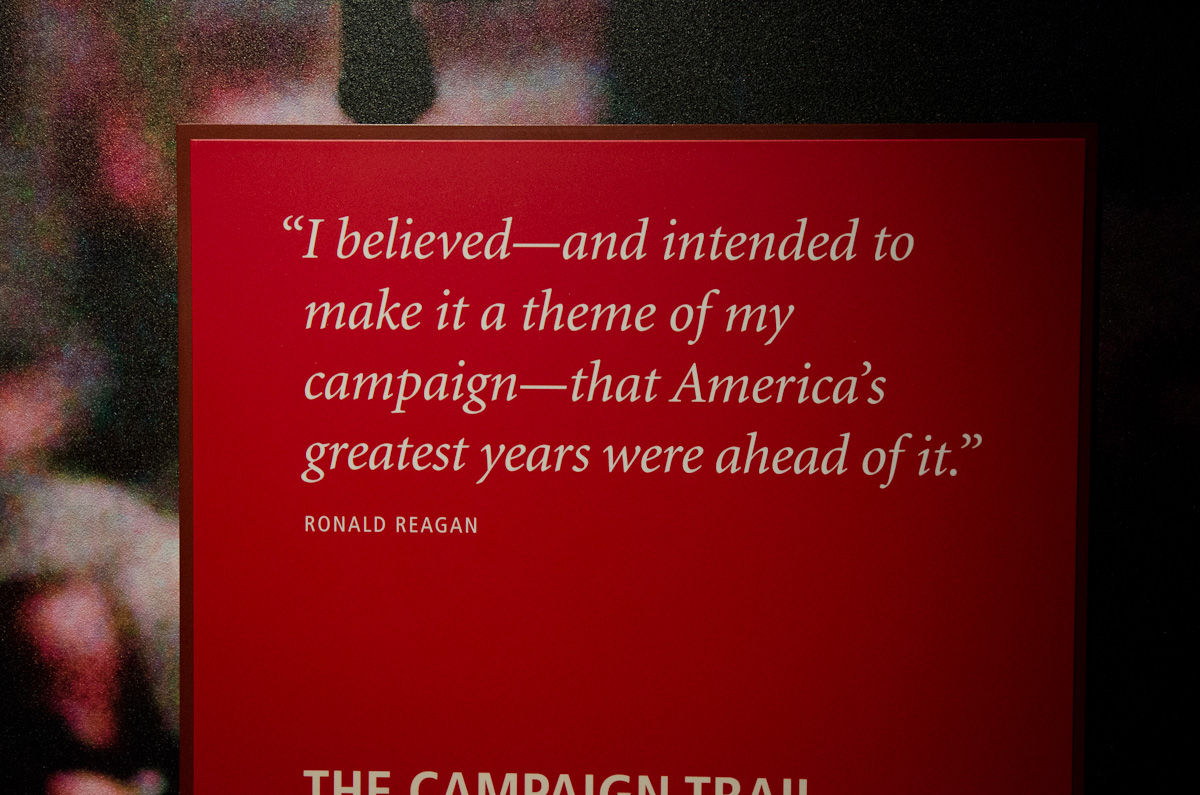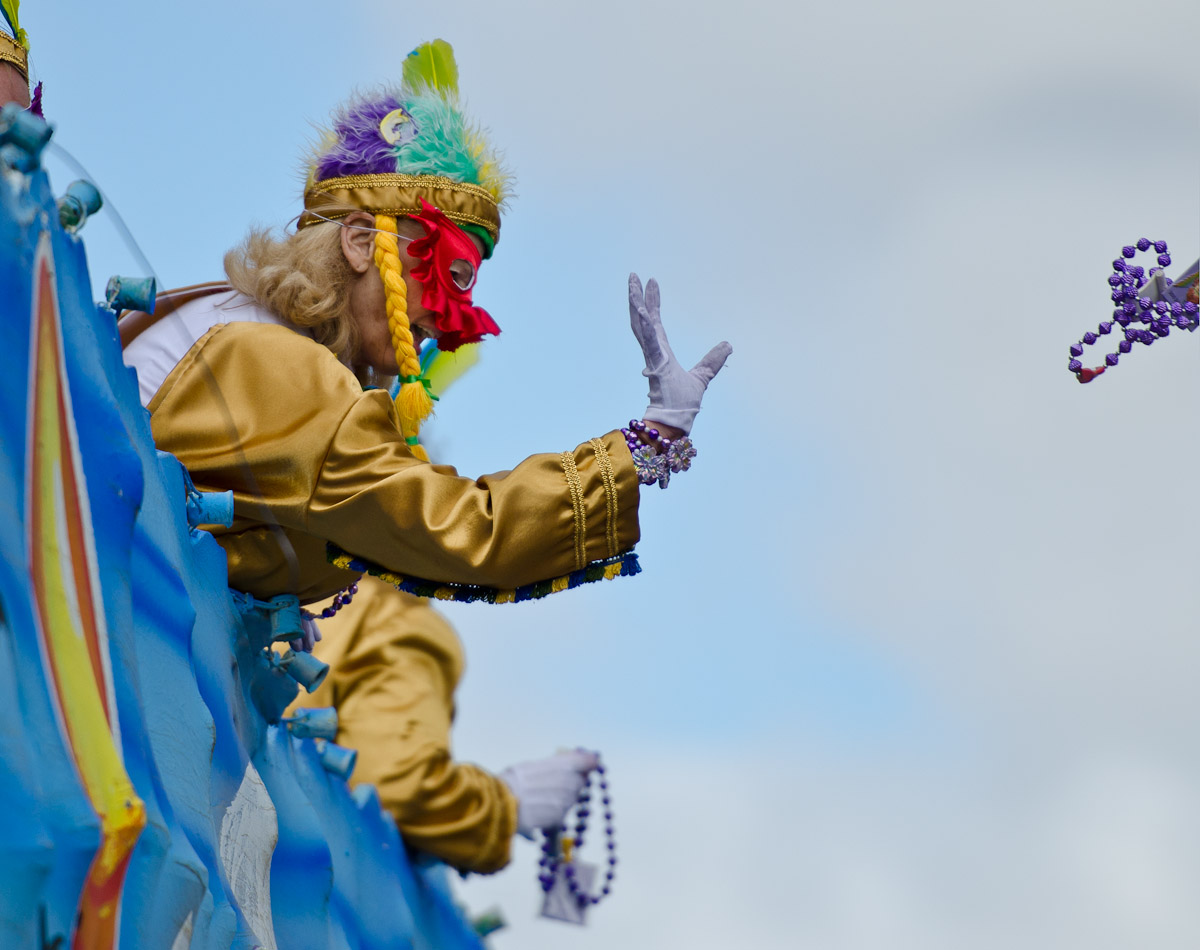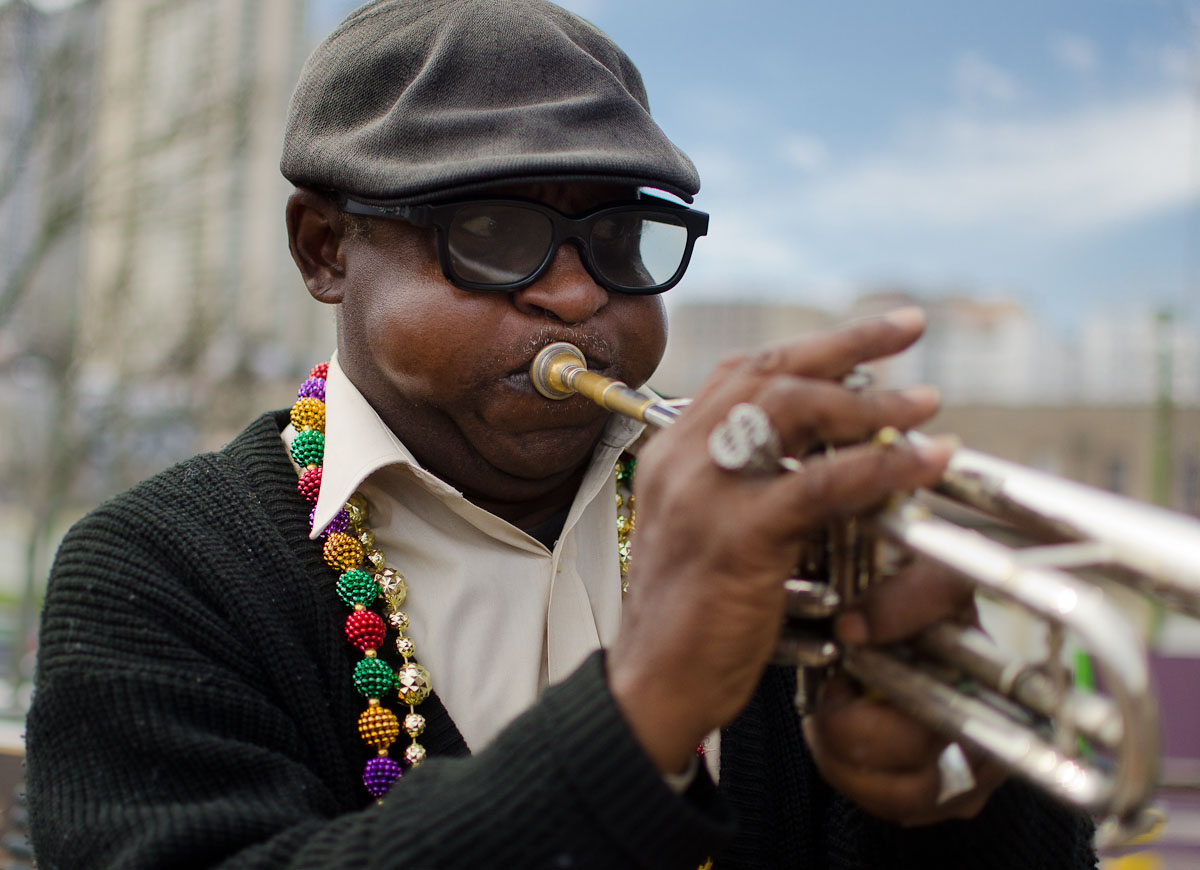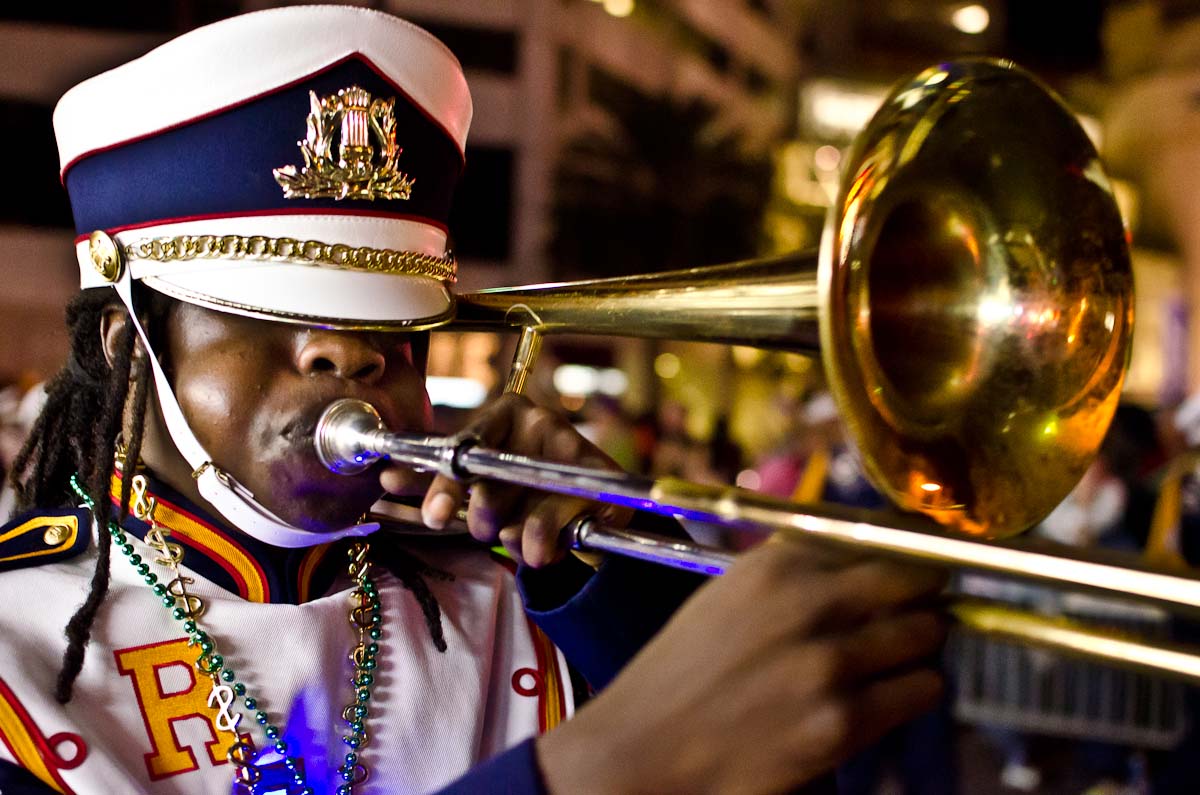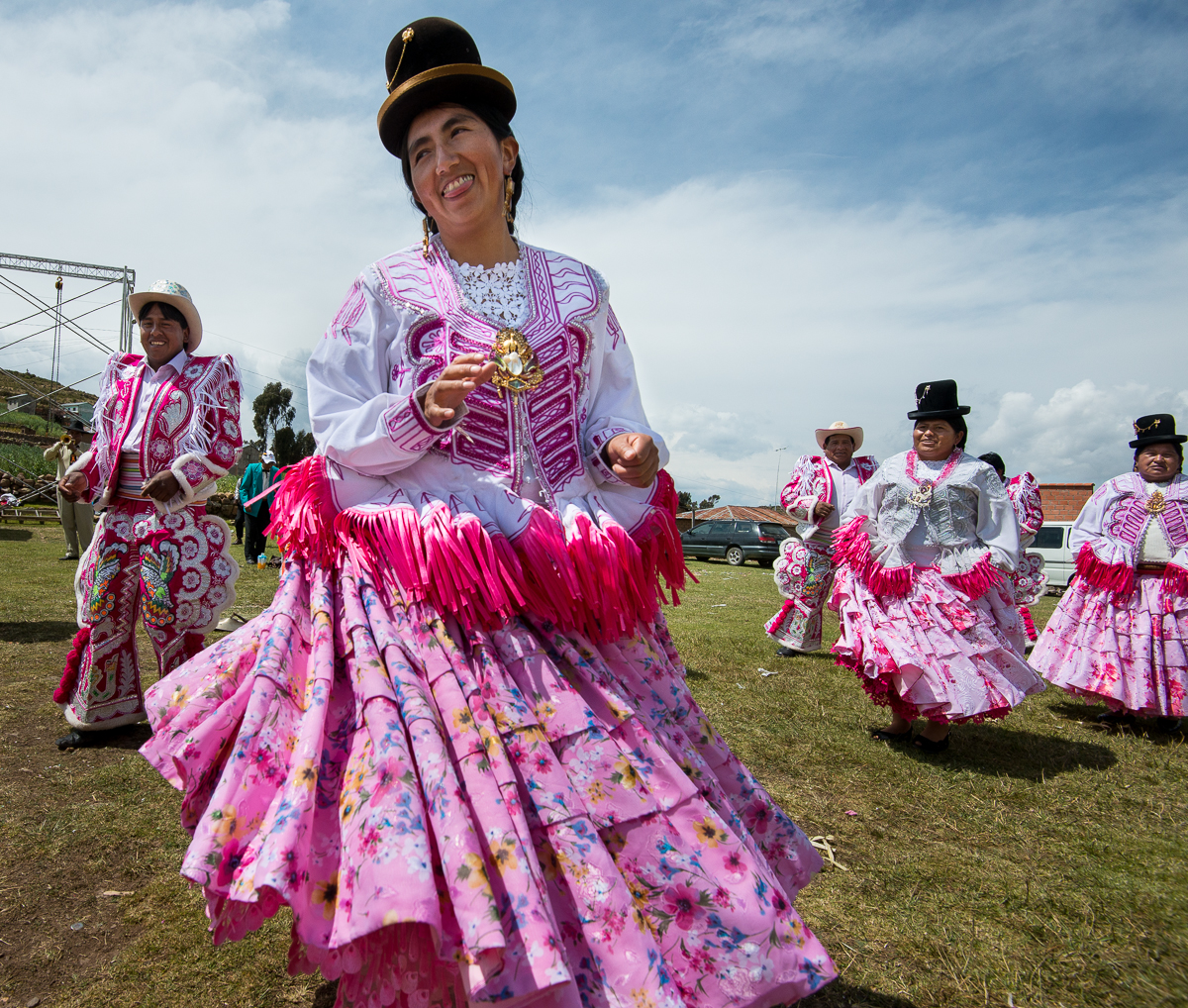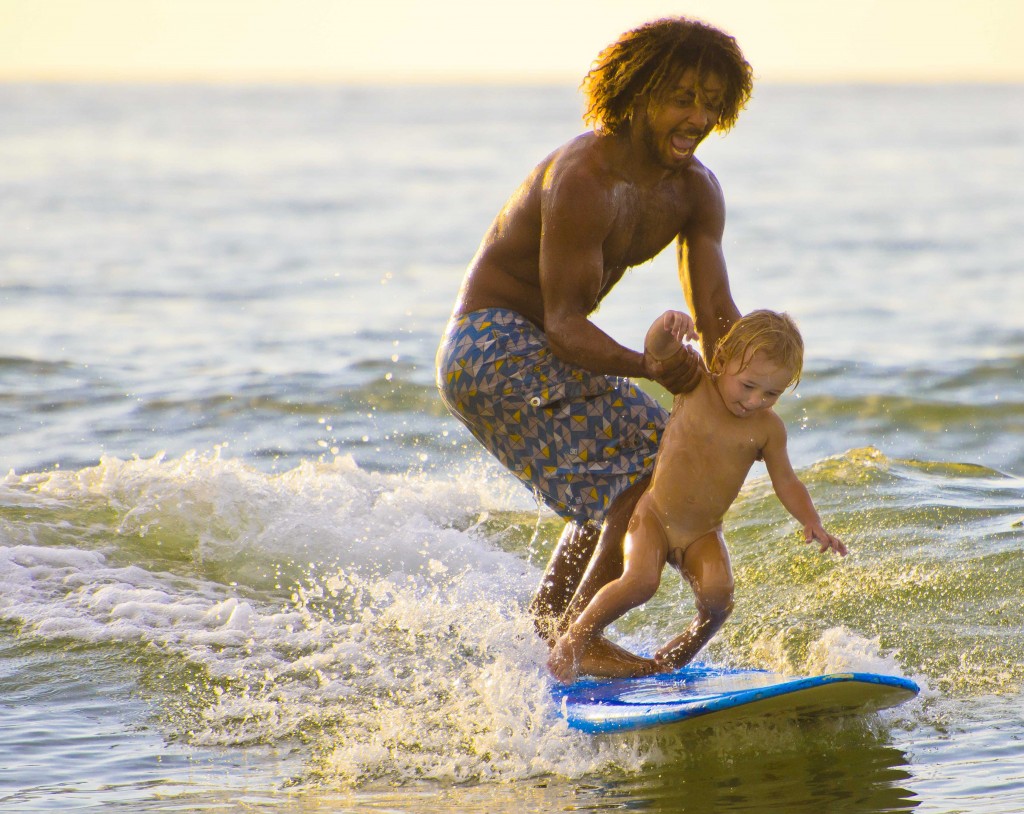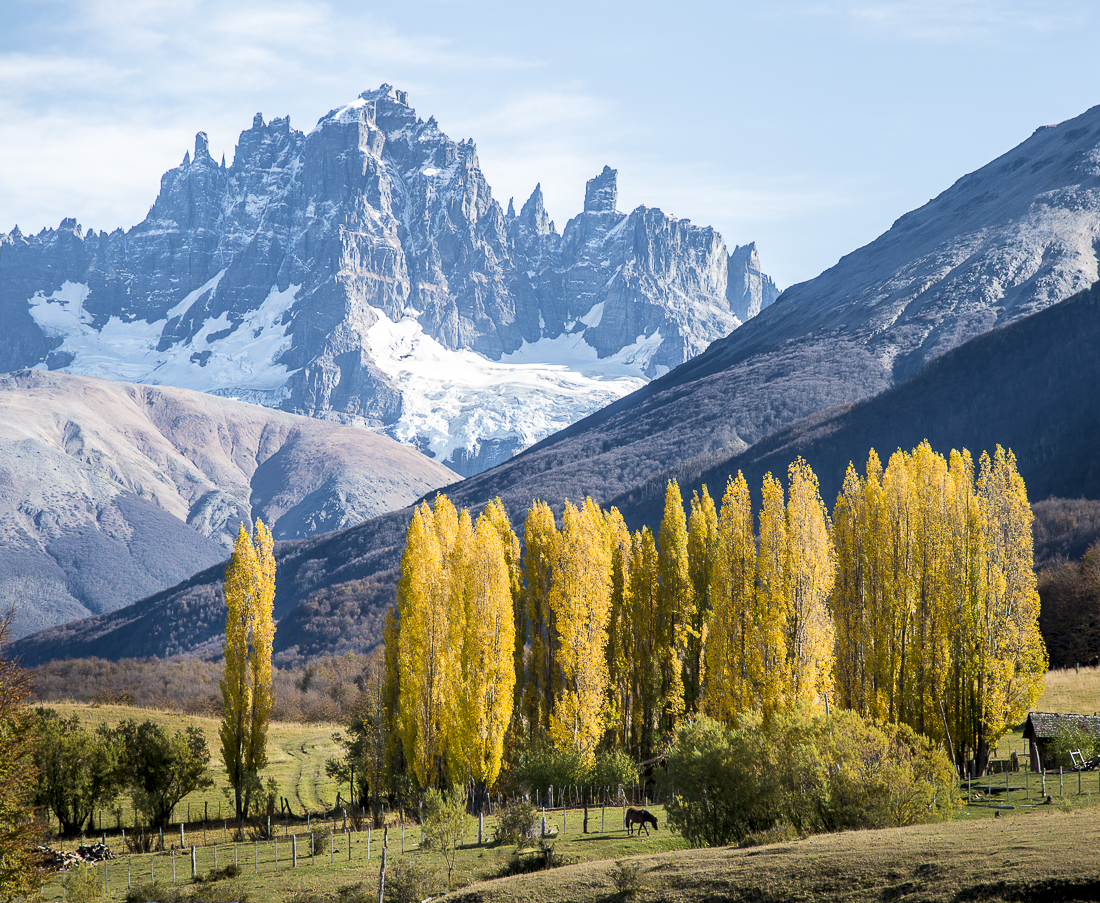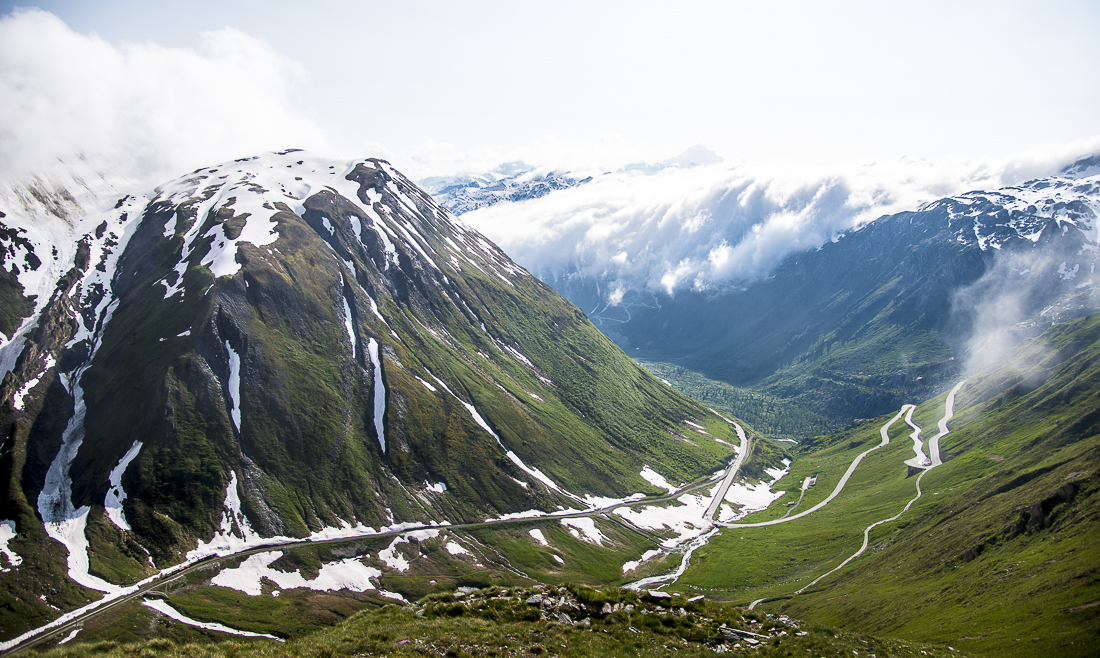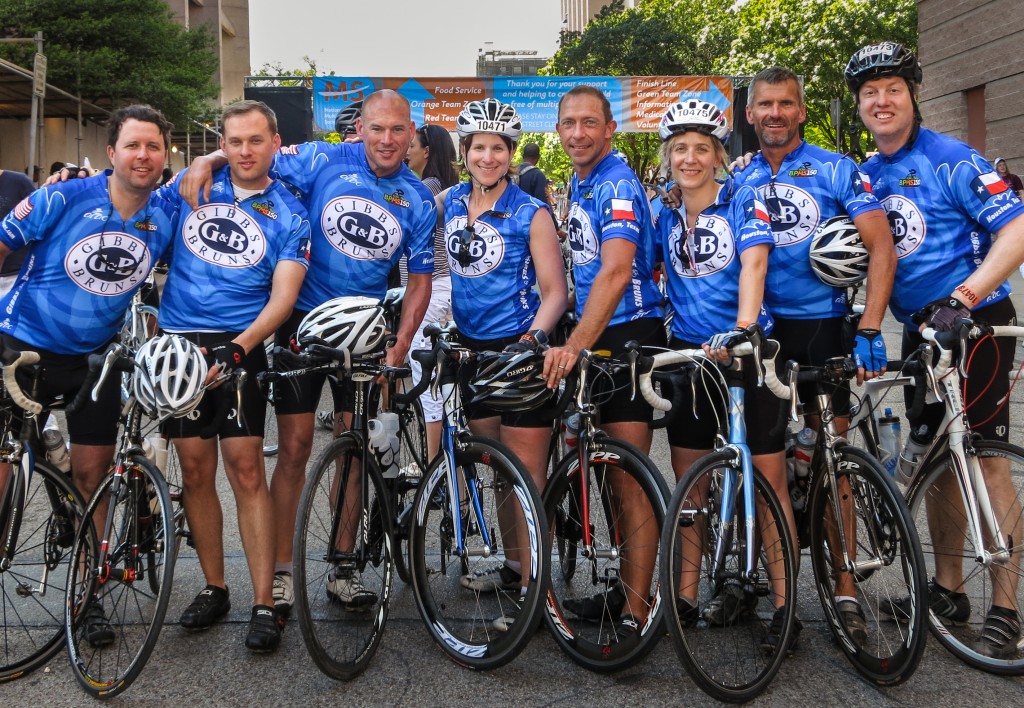Since 1963, it’s been illegal for Americans to visit Cuba. So when the opportunity came up for me to go (legally!) for a couple of weeks last month, I grabbed my cameras and jumped on a plane to Havana.
In the late 1950s, Havana was a chic tourist destination. With over a quarter-million U.S. tourists in 1958, it was as popular as – and much more glamorous than – Las Vegas.
Fidel Castro took over Cuba in 1959. As the Castro regime expropriated American properties in Cuba and aligned itself more and more with the Soviets, the U.S. started imposing trade restrictions. By 1961, Castro was showing off Russian tanks and weapons in the streets of Havana. In 1962 (after securing for himself a good stockpile of those famous Cuban cigars), President Kennedy imposed the initial trade “embargo.” The restrictions were tightened even more after the Cuban Missile Crisis in 1963, and trade and travel have been essentially prohibited for the ensuing 50 years by what Cubans call “El Bloqueo” (the blockade).
Recently, the U.S. has relaxed the policies on permits for “purposeful travel” (cultural, educational or religious exchanges) to Cuba. So I just got back from a couple of weeks on a “cultural” exchange program – part of a group of twelve or so there to interact with the Cuban people and to photograph Cuba for “artistic” and cultural purposes (not for journalistic purposes, because the Cubans woudn’t allow that, and not for tourist purposes, because the Americans don’t allow that) .
About all I was allowed to bring back are pictures — but I’ve got tons of them. Like 150 gigabytes of them. Over the next several days, I’ll organize them and hopefully share some of the interesting things I’ve seen and learned in this process. Here are a handful of previews. Stay tuned for tons more.
